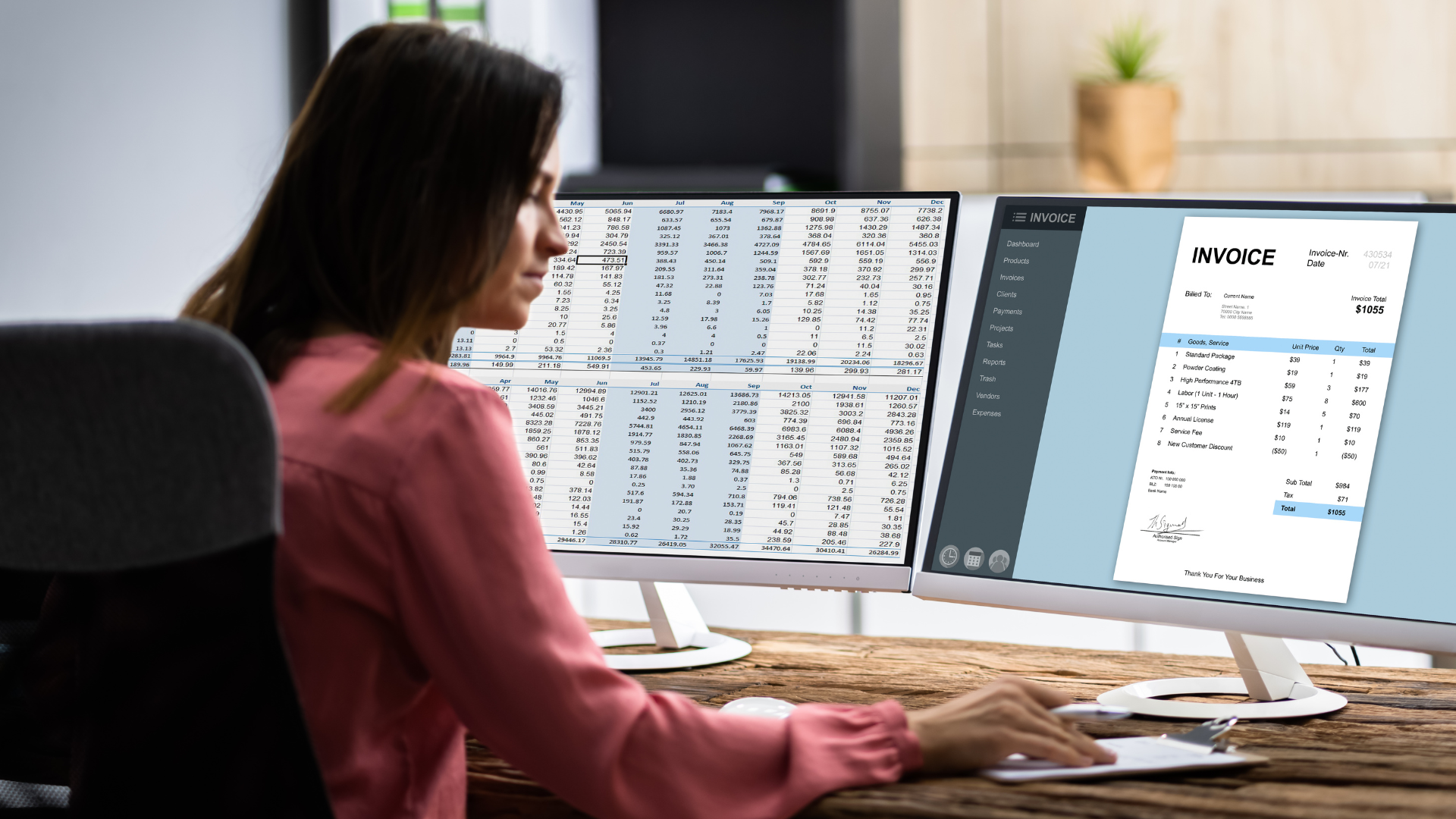When you start a business, you realize that cash doesn’t flow as smoothly as in a job. In a job, you get assured payments on a fixed date. But in a business, your clients may have a lengthy payment cycle. You will have to pay suppliers, pay advance tax, goods and services tax (GST), and even follow up with clients countless times to get the invoice cleared. The timing of receipts and payments might fluctuate, and you cannot delay employees’ salaries. Forecasting the gap in inflow and outflow and having a buffer capital to fill this gap is working capital management.
You can relate a lot to all the scenarios we discussed above. It might seem overwhelming when you are growing your business, as the gap in inflow and outflow might keep changing. You are not alone. Many big companies struggle to manage their working capital. Some even have a complete team only to manage working capital. What is working capital?
Calculating Working Capital?
Working capital = Current Assets – Current Liabilities *
Current Assets are assets that can give you cash in 12 months. They include Cash reserves, Investments, Inventories, and Accounts Receivables.
Current Liabilities are liabilities that must be repaid in 12 months. They include debt repayment in 12 months, Other Accruals (taxes, wages, pensions), and Accounts Payable.
If your current assets are $15,000 and current liabilities are $8,000, you have a positive working capital of $7,000, which means you have sufficient amount to meet your current obligations. Such positive working capital can help you prepay creditors, avail of early payment discounts, and avoid taking debt to fund short-term capital needs.
Managing Working Capital
Your working capital requirement will keep changing every month. You can analyze the trend by calculating the working capital of the last 12 months and identifying the months that are harmful and positive. For instance, a toy store may have high positive working capital during the holiday season and negative working capital in the first quarter. Understanding the seasonality of working capital can help you keep a higher cash reserve for the low months. Many companies increase their capital reserves during business uncertainty to keep their operations running.
You can also use working capital to manage seasonal changes. For example, the toy store manager might want to hire part-time workers during the holiday season and store a higher inventory of goods in demand.
Monitoring your working capital requirements is a part of cash flow and inventory management. Having positive working capital alone is not enough. You also have to look at the cash conversion cycle. If a client defaults on paying the invoice, that will have a cascading effect as your payment to creditors and suppliers will get delayed. Hence, you must maintain a working capital buffer that handles such events.
How to Tackle Negative Working Capital
While all businesses strive to maintain a positive working capital, you often see a negative one. Managing a negative working capital requires stringent monitoring and difficult decisions on the business owner’s part. When your working capital highlights the need for funds, follow the below steps:
Accelerate Accounts Receivable: Consider reviewing your Accounts Receivable and identifying delayed payments. Contact the client and initiate a dialogue to understand the cause of delays. Sometimes, it could be because of an error in the invoice or just a slip-up. Once that is fixed, you can get immediate liquidity to pay your obligations.
If the client struggles with funds, you can offer discounts for early payments or charge interest for late payments.
Delay Accounts Payable: You could also talk to your suppliers to buy yourself some time to clear the payments. Negotiations around this could help you route your cash to make other urgent payments.
Seek Working Capital Debt: If neither option gives liquidity, you could talk to a bank and apply for an unsecured and revolving business line of credit to bridge the gap in the inflow and outflow of cash. Avoid using business credit cards to fund working capital needs as they carry high interest rates, and failure to make one payment could accumulate more debt.
These are short-term solutions to one-off adverse working capital requirements. However, if this problem persists for several months, you might want to investigate your capital needs more thoroughly and restructure a few things.
Reduce and Manage Debt: Consider your short—and long-term borrowings. They could be increasing your working capital requirement. Look for ways to restructure your debt to reduce your monthly debt repayments. Many companies make debt repayment a priority to tackle prolonged negative working capital.
Manage Inventory: You could consider revisiting your inventory requirements. Storing excess inventory and having long cash conversion cycles block your working capital. You could analyze past revenue data and streamline inventory requirements to free up the locked working capital.
Cost Reductions: You might also want to analyze your operating costs and find ways to cut costs without affecting quality or sales.
The above three measures can help reduce your overall working capital requirement and gradually bring your business to positive working capital.
Contact Black and Gill LLP in Etobicoke to Help You Manage Working Capital
A professional accountant can help you manage your working capital by setting up accounts receivables and payables processes and reviewing them timely. At Black and Gill LLP, our accountants and bookkeepers can provide services such as financial statement analysis to help flag any concerns. To learn more about how Black and Gill LLP can provide you with the best accounting and bookkeeping expertise, contact us online or call us at 416-477-7681.
